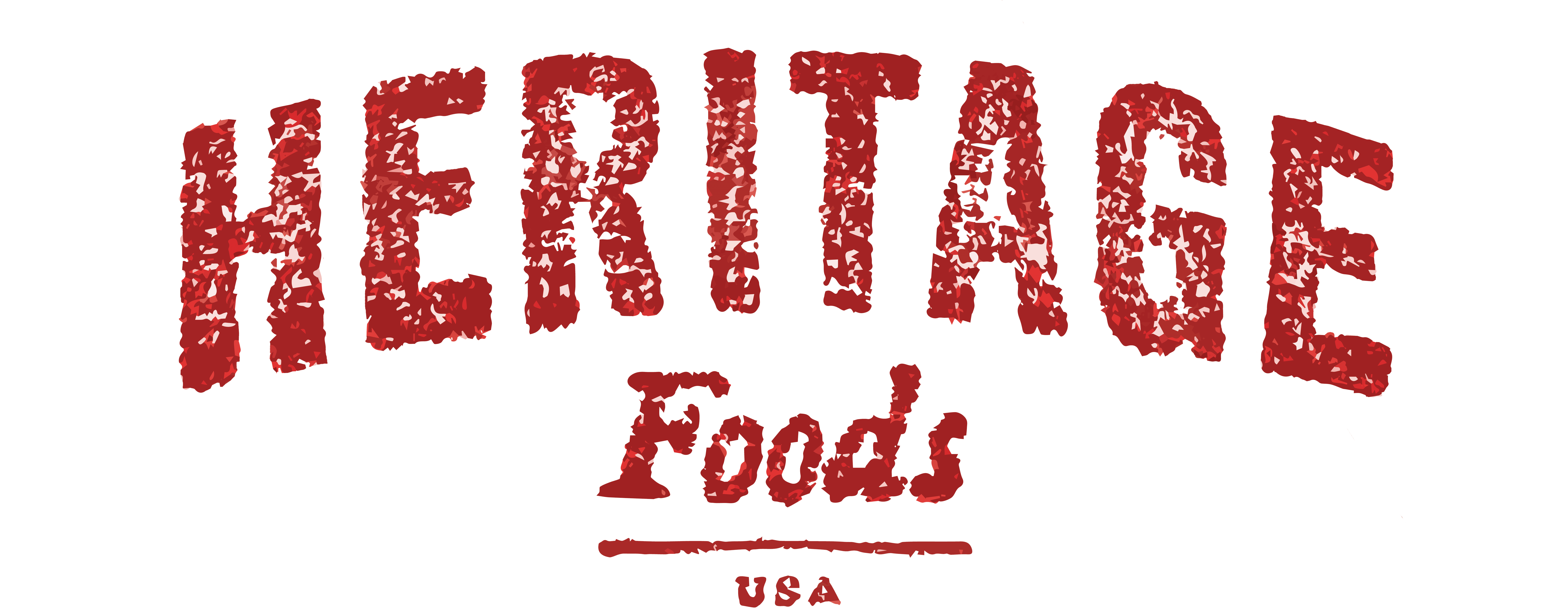We are shipping for Saturday delivery! All orders placed today will ship today unless you provide a future ship date in the notes box!
100% Customer Satisfaction Guaranteed | Shop Our Bestsellers!
Call or email us with any questions at (718) 389-0985 or info@HeritageFoodsUSA.com!
All our Provisions ship FREE!
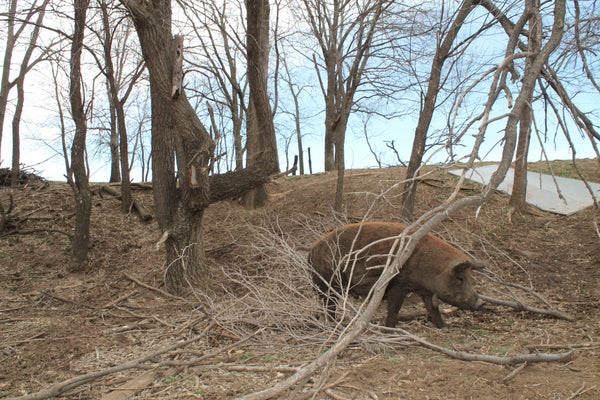
Across cultures and time, the breed of pig that today goes by the name Red Wattle, but which has existed in some form for centuries by other names, has been taken around the world by foot, boat, train, and truck! Red Wattles are known for their hardiness, foraging activity, and rapid growth rate, but many pigs boast these traits. What was it about this pig that made it such a celebrity?
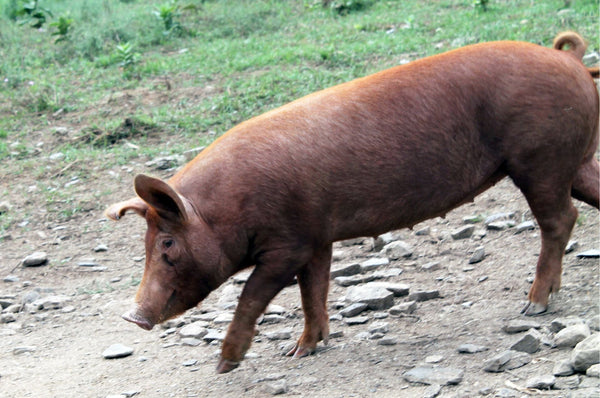
The Tamworth is a rare breed of pig that came to the Americas in the 1800s after centuries living in the forests of Ireland where they were known as Irish Grazers and in England where they foraged in woods of oak and beech. Over time the breed developed attributes that would enable it to function well in these challenging terrains. High legs and good athletic ability came in handy when navigating the undergrowth. Long faces and snouts were built to root and find food. Even the traditional Tamworth today remains high energy, alert, and sensitive to flight instincts, as if they are operating on a higher gear than other pigs. Considered “deep sided pigs,” Tamworths have been celebrated for centuries for producing delicious bacon.
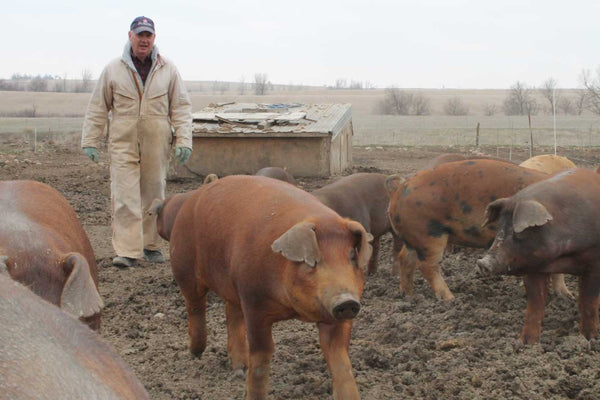
Though the Duroc breed evolved from red pigs from another part of the world, it is considered one of the few “all American” breeds we have today. Unlike most breeds of livestock that were developed elsewhere and brought here, the Duroc is the result of two red colored breeds being crossed and then improved upon in the early 18th century in upstate New York. Where those two original red breeds came from is the subject of much debate as there are no pigs native to the Americas. Today the Duroc is in many ways the perfect pig boasting excellent meat quality. It is rugged and durable and has a great ability to efficiently convert pounds of feed into pounds of high quality meat. Durocs can range from a light golden almost yellow color to a dark mahogany.
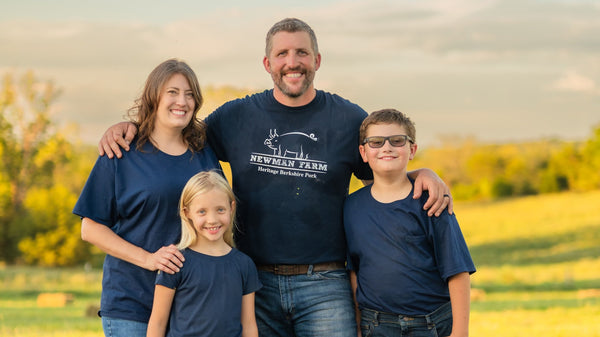
In 2006 we got a handwritten letter from farmer Mark Newman asking us if Heritage Foods would ever consider selling his pasture raised old school Berkshire pigs. We said yes and a relationship grew that still continues today, now through his son David who has maintained the genetic line of Berkshires which can be traced back to the 17th and 18th century lines that came to these shores by way of the Berkshire region of England.
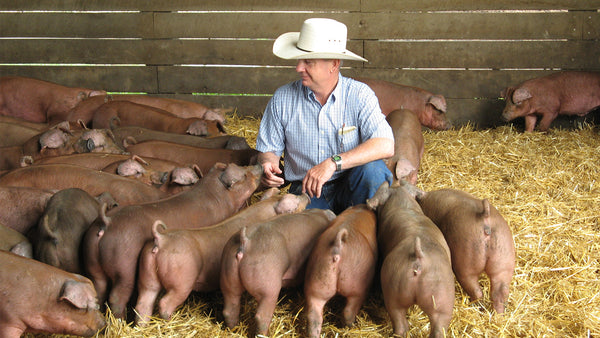
We met the Goods through a connection at Kansas State University where Craig’s father was a distinguished professor. Craig spent his life in agriculture growing up in the Flint Hills of Kansas, some of the best agricultural land in the world, perfectly adapted to free ranging livestock, which feed on the perennial grasses that grow there naturally.
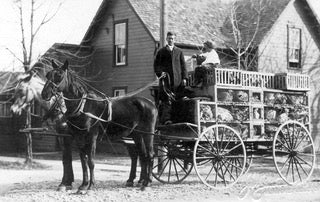
Hatcheries are the source of all birds that we eat. In nature, the hatchery consists of a hen, an egg, and a nest. On a farm, the hatchery consists of an incubator machine where the embryos develop and the hatchery itself where poults spend their first few hours outside the shell. Hatchery numbers in America grew and grew during the early part of the 20th century. In 1918 there were about 250 operating hatcheries in the nation. By 1922 the number had climbed to 3,000. By 1926 to 9,000. And by 1934 there were 11,400 hatcheries — the peak of independent poultry production in the United States.
© 2025, Heritage Foods Powered by Shopify
